GAZ-3110
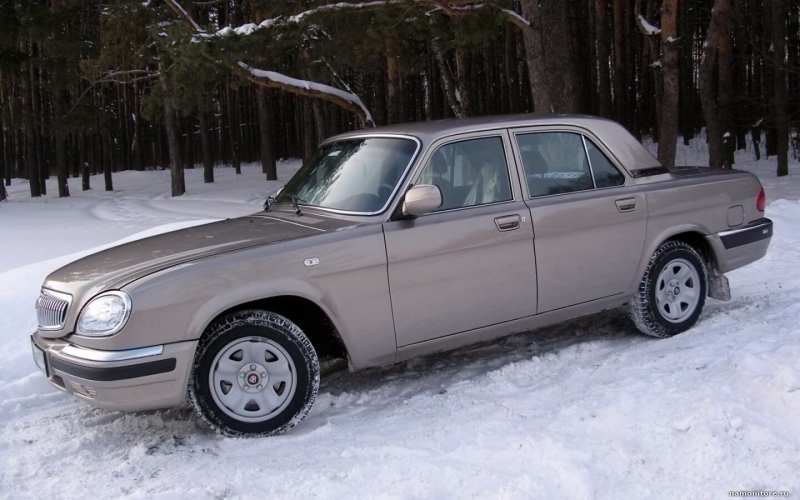
Who doesn’t know the Volga? Everyone knows the Volga! The middle class car belongs to the Gorky Automobile Plant and is a successful modernization of the popular in the USSR line of representative Volga cars. It was produced in the period from 1997 to 2004 and replaced the GAZ-31029 car. Having launched production of new components on the whole coil, in 1996 the management decided to create a new “Volga”.
The wedge-shaped shape of the cars was popular in the 80s, but now it is morally outdated. It was set a very ambitious task – to direct the market of domestically produced middle class cars in the right direction. It was decided to develop a new salon and bodywork for cars in accordance with fashion trends of the 90s. The result of all this was the GAZ-3110 car. The whole model range is GAZ.
Exterior
In their time, designers did not make any mistakes with the body of the car. There is nothing to criticize it for and it is difficult to praise it. Time couldn’t influence the Volga – from year to year only the shape of lighting equipment and bumpers, configuration of hood and wings changed. Probably, because the core and the frame GAZ-24 were created in the 60s. They significantly tied the hands of the engineers of the Gorky plant.
One “but” – the body does not differ even with the initial immunity against rust and is covered with it in the first years of use. So if you plan to buy GAZ-3110 we recommend you to start the development of roads … with a trip to the service station, where your car will be made anticorrosive treatment. Volga-3110 was produced not only as a sedan, but also as a station wagon.
The first variant had nice tail-lights, while the universal was no different from GAZ-24. When the model 31105 was presented, the Gorky Automobile Plant stopped production of universal lamps. If you pay attention to the side part of the “Volga” 3110, it is almost indistinguishable from the model 31029.
Here you can see all the same doors, almost unchanged wings, installed in front. The changes did not affect the front optics either. Of course, the appearance of the hood 3110 received slightly different contours, but still without any improvements the body element was installed on the “29th”. But the “tenth” model received a fundamentally different rear body part.
There’s another luggage compartment lid, rear lights, rear bumper and a more rounded roof. The headlights installed in front of the truck decided to keep the same, but the rear lights received a completely different wording.
The new Volga 3110 already had 15-inch wheel rims, while the 31029 had 14-inch wheel rims. Starting from 2000, instead of black thermoplastic bumpers, the company began to produce three-dimensional bumpers, which were painted in the color of sedan.
Interior
Firstly, it was the Volga that became the first Russian passenger car to be fitted with a hydraulic booster. Secondly, it is worth noting a very extensive pedal knot. When you ride in winter shoes, and even with a wide sole, be sure to remember this article. And if you read the reviews of the owners of GAZ-3110, you will learn that the Starooskolsky gasoline pump works incredibly loudly. This is, of course, a minus. Now about the pros. The rear sofa is so wide that even four passengers can fit freely on it. The trunk has a low loading height, which makes it much easier to pack heavy loads in GAZ-3110.
Of course, the designers tried to upgrade the archaic control keys, the same gearbox and non-informative steering wheel. Something turned out well, something not so well – let each driver make his own conclusions. Inside, too, it became a little better. The dashboard has changed and became more modern and qualitative. The panel was made of plastic, which could be painted gray, or black – other variations of colors at the factory was not provided. They changed the steering wheel, which became more compact.
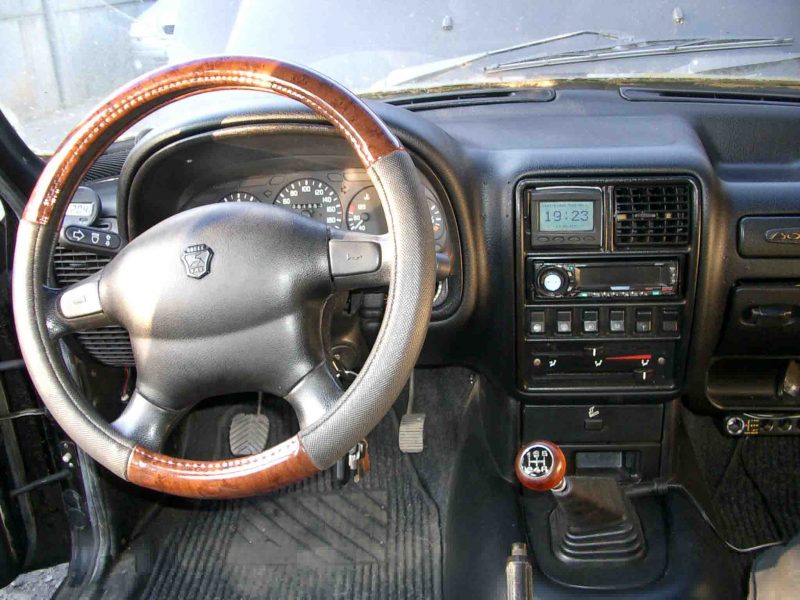
Between the front seats, the armrest was installed, where there was a mini-bar for the safety of various trifles. Also, the design staff was able to make the interior lighting “more fashionable”. Inside it, daylight lamps were installed.
Specifications
And here’s the change, the cat cried. Driving a GAZ-3110, you understand that the car was designed for “very strong Russian men”, the severity of which reaches the 80th level. Let’s not hide the obvious: the car does not consume fuel in a childish way, it requires frequent maintenance, which is quite expensive, the suspension and stroke are “steamboat”, unsatisfactory noise isolation, etc. GAZ 3110 can be modified with a very good 2.3-liter ZMZ engine with an output of 150 hp. The standard modification implies the use of a 2.5-liter carburetor engine with an output of only 70 hp. Diesel Volga are rare enough.
Occasionally under the massive hood of GAZ-3110 you can find a 2.1 liter diesel engine with a capacity of 95 horses. In conclusion, we should add that GAZ-3110 was equipped with 5-speed mechanics. In 2003, the gearbox was upgraded, and it became much easier to switch speeds. Before that, the transition from the 4th to the 2nd was like an episode of a horror movie.
Silo unit
The Gorky plant produced 3 types of power units on the model 3110 in the standard schedule:
- ZMZ-402 with carburetor system (or deformed ZMZ 4021);
- ZMZ-406 with fuel injection system
- GAZ-560 with diesel fuel (model with GAZ 5601 turbocharged engine).
Vehicles with GAZ 560 diesel fuel under the “Steyer” license were almost not assembled (no more than 200 vehicles per year). <Initially, the production of cars with already well-tested time and mileage of ZMZ-402. Consumers looked at the new 406th with disbelief, and cars that were equipped with it, were usually reluctant to buy. Over time, injector-assisted engines replaced outdated internal combustion carburettor engines. By 2003, ZMZ 4062.10 (full name of the model) became the exclusive engine, which was installed in the Gorki 3110.
ZMZ 402 was actually a modernization of the ZMZ-24 power unit. In the constructive sphere it was the same together with its previous model. But by the end of the 1990s, the engine had already become obsolete, even morally, and had its disadvantages – low efficiency and weak dynamics.
“Synthetics” or “semi-synthetics” was not used for the crankcase of the power unit, because its consumption was only increasing at that time, and above all, the value of this oil was greater than that of mineral. Because of poor quality oil, many engine parts were getting sooty. However, ZMZ 402 also had its advantages. For example, it was easy to repair, spare parts had a low cost. It was also notable for the availability of spare parts, which could be purchased in almost every car shop.
When the 402nd replaced the ZMZ 406th, many were afraid of its complexity, but it also had its advantages. The engine turned out to be quite powerful and had good dynamics. In addition, it consumed almost no oil and was more economical to gasoline. But, as they say, it was not without a spoonful of tar. The engine overheated due to not very good cooling system. Often it is because of this that GBZ stopped working well, and the price list of this element is not cheap.
Spare parts of the ZMZ 406th could not be called quality, sometimes could even meet defective parts, and the resource of certain elements was limited. Drivers complain of frequent tapping of hydraulic compensators, rapid wear of shoes and soothers of gas distribution mechanism, as well as pulling the chain. Among the drawbacks is the generator, which could only cover 25,000 to 40,000 kilometres.
Gearbox
On the Volga 3110, a four- and five-speed manual gearbox was installed, and, moreover, both were installed on GAZ 31029. The only difference was the fact that the 3110 had a different gearbox with a different gear ratio.
The 4-speed gearbox went into the car only with the 402nd engine, and the five-speed gearbox was more often in the car with the ZMZ 406 engine. In the 2000s, the 4-speed mechanical gearbox was no longer installed on the cars, and it could only be bought with spare parts.
The year 2005 saw the introduction of the 31105 with a 5-speed manual transmission, which began to introduce improved synchronizers, brass shift bushings and 5th speed with increased gear ratio. Such introduction of new technologies made it possible to shift gears more smoothly and move with increased speed limit.
Specifications of the five-speed gearbox 3110
As with all kinds of boxes, the 3110 had its own disadvantages and advantages. If not all of them, then almost every five-speed gearbox had a little bit of a tight fit with the 1st and 2nd gears.This is something that you can get used to over time, but you should pay attention to one nuance.
In winter, if the box contains summertime oil, the speeds will be very hard to activate, especially if you have not warmed up the engine yet. Sometimes this can lead to a breakdown of the gearbox lever. To prevent this from happening, it is necessary to inject synthetic oil into the box in winter time and of course of good quality.
Coupling
On the ZMZ 402 and ZMZ 406 engines, the clutch is set differently, and it will not be possible to change one for another, although it is necessary to admit that the clutch slave disk from the 402nd will be suitable for the 406th. Initially, the ZMZ 406 was produced with a disc from the engine ZMZ-402, but it is a little bit smaller by the diameter of overlaps.
Its mileage often did not exceed 30,000 km, and on this basis, the manufacturer produced a new disc specially for the 406th, which was now reinforced. It was able to withstand heavy loads. It was no longer a footbed clutch basket, but a petal basket. This system allowed for a smoother squeezing process and at the same time, the basket did not need any adjustments or adjustments.
Brake system
The braking system on the new car was already improved. On the front suspension there were disks and calipers – this arrangement was used only on GAZ-3102. The drums, which stood at the back, were already mounted in a slightly compact way.
With the help of such innovations, it was possible to provide smooth braking and the need to sharply press the brake pedal has disappeared. Drivers who had been transplanted from the 24th to the 29th had to get used to other braking for a while. After a while, they were able to fully appreciate the benefits of improvements.
Rear axle
If we compare GAZ-31029 and the new model 3110, it has acquired a modernized rear axle. It is worth recalling that 24 models and the debut issues of 31029 were equipped with a split rear axle, where there was a gear ratio of 4.1, and the axle body was divided into a couple of parts. After that, the sedan of a later production began to use a modernized bridge, which had an integral body and the main pair was already installed high-speed – instead of a pair with the number of teeth 41/10, the automobile plant set pairs 39/10.
The gear ratio was changed to 3.9. Therefore, the “ten” acquired the same bridge with an almost similar body. In appearance, the housings were similar, but they were not interchangeable due to several design differences. The main difference is the axles.
Crash test
Hybrid III dummies, which had calibrated sensors, were placed in the front seats. They were fastened with basic seat belts. After the vehicle was dispersed with a catapult, GAZ rushed towards the barrier. Installation of sensors on dummies has allowed to fix speed in collision period – 63.3 km/h. After descent of workers from a balcony where interested persons look at occurring, they were pleasantly surprised and adjusted less optimistically.
Without taking into account the impact speed and the small overlap coefficient (64 km/h instead of 50 km/h), the deformation of the body itself could remain almost the same. There is a crease on the roof, and the pillar used to support the windscreen has moved back 50 millimetres.
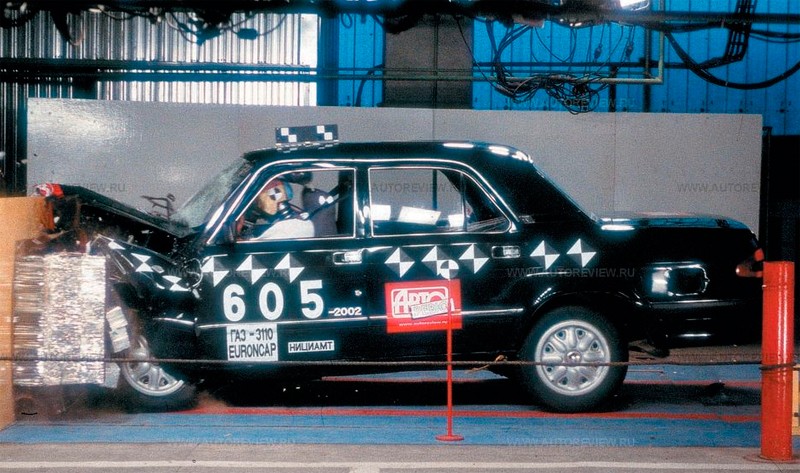
The rudder column was shifted backwards and upwards, but less than in a 50 km/h collision. However, the bottom of GAZ 3110 was folded in large zigzags during such a collision. The floor under the driver’s feet was collapsed. Moreover, the body stitches, which were welded up, just broke up, they threw up from the side.
If you take a slow motion picture – you can see that in the collision, following the first blow of the head on the steering wheel, there is another, more powerful – the mannequin collided with the nose on the plastic pad of the wheel hub. After the head impact, a good dent was left on the metal plate. If there was a living person, the fears for his health were considerable.
The headrest flew out without protecting the head from being thrown backwards. Moreover, the very fact that he jumped out of his seat and flies all over the cabin (which is for a second the headrest with a pair of protruding metal pins), is very frightening. The load on a person’s chest from a seatbelt was even lower than the dangerous level allowed.
As a result, the Volga 3110 received only two out of 16 possible safety points. Therefore, it is worth working on safety. In a direct collision, the fact that Volga has a long one in front of her gives her a plus. But everything could have been better if the spar was designed for energy absorption and did not break.
Complexations and prices
4 000-5 000 U.S. dollars – that’s how much they ask today for a marketable, but well-groomed car. Well, and you can buy such a car in any, not even in a very large city of the former Soviet Union. The modest cost of the Volga River is compensated for by its relatively high operating costs. For example, only GAZ-3110 “eats” twice as much gasoline as the same VAZ 2109.
Modifications
- GAS 3110 cars still function as taxis;
- Version of universal GAZ-310221 on the platform of GAZ-3110. Except for the restyled front end, the car is distinguished only by a plastic bumper installed at the back. It is not the first year that the deflector and vertical lamps installed at the rear retain their appearance;
- The standard GAZ ambulance on the platform of the GAZ-310223 car was able to compete with its own Gazelle in the last decade of the twentieth century. Among the advantages of this car are much smaller dimensions, not so expensive prices for parts and good maintainability.
The debut GAZ 31105 car left the factory in Gorky in 2004. To date, many people cannot understand whether the 31105 should be considered a new car or classified as a Class 3110. However, in fact, the 31105 is a deeply modernized version of the 3110. The truck has received many upgrades.
Among them, we can highlight the changed appearance of the nose part of the car, where there are headlights of droplet shape, modified radiator grille with the shape of the hood, installed other front wings, upgraded bumpers and modified mirrors, which became even more extensive.
They also upgraded the interior. It began to have a new control unit for heating system. Such a mechanism is not the cheapest, which is why thieves could often steal it from the car. The rear suspension received a stabilizer.
The luggage compartment lid already had a new type of lock. On the front suspension began to apply a no-quilting method, where there were already ball bearings. In the appearance of the sedan changed the doors, which are completely new door handles.
Pluses and minuses
Pluses cars
- The most spacious salon among domestic cars;
- Very powerful power unit;
- Large luggage compartment;
- Swivel gear;
- High ground clearance;
- Large wheel radius;
- Low car weight makes you feel more confident on the road;
- Heavy and oversized cargo transportation capability;
- Availability of spare parts.
Cons of a car
- Quality of assembly;
- Gearbox operation problems;
- High fuel consumption;
- Constant failure frequency;
- Interested stove;
- Security;
- Not adjustable steering wheel;
- Low level of comfort in the cabin;
- More interior.
We sum up
GAZ-3110 has a lot of drawbacks, but also the advantages of the car is not lacking. This can include excellent repairability of the Volga, ease of maintenance and availability of most spare parts. GAZ-3110 is a large and very comfortable car, which, though possesses Soviet charisma, but will occupy a worthy place in the garage of any motorist.
Today, one can quite often find Volga cars on the roads, which are often used even in bad roads. Many models have received various modifications, which is why their scope of application has been extended. The car is not afraid of heavy loads, quite capacious, has a lot of free space inside.
The front panel has become more stylish and modern. There is also a large luggage compartment, which allows you to carry many useful luggage. The powertrain is not the most powerful, but it does its job well.
We advise you to read the article: Dream car: how Volga was hardened
GAZ – history of car production




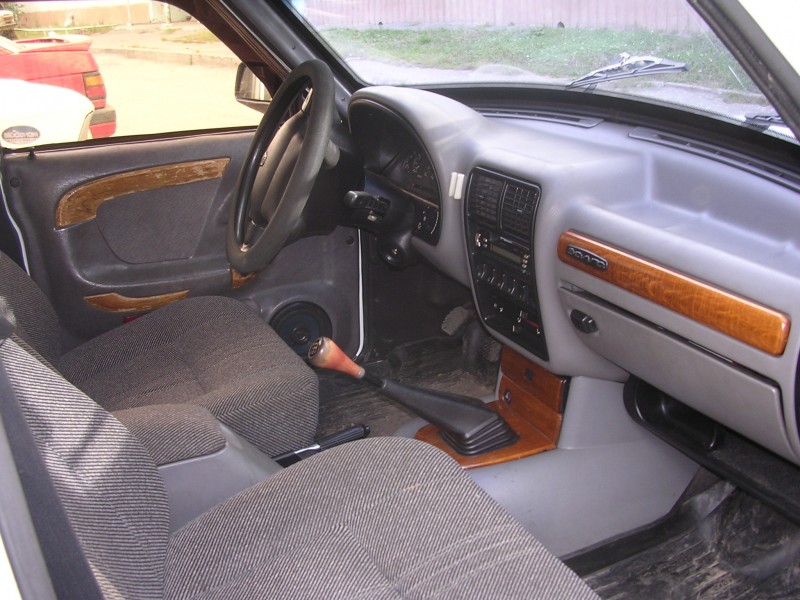
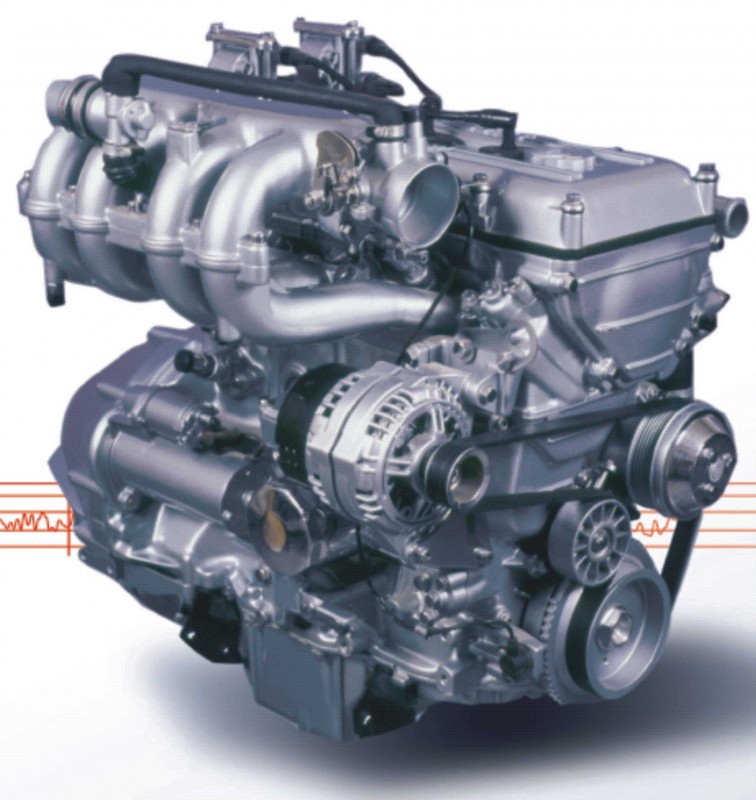

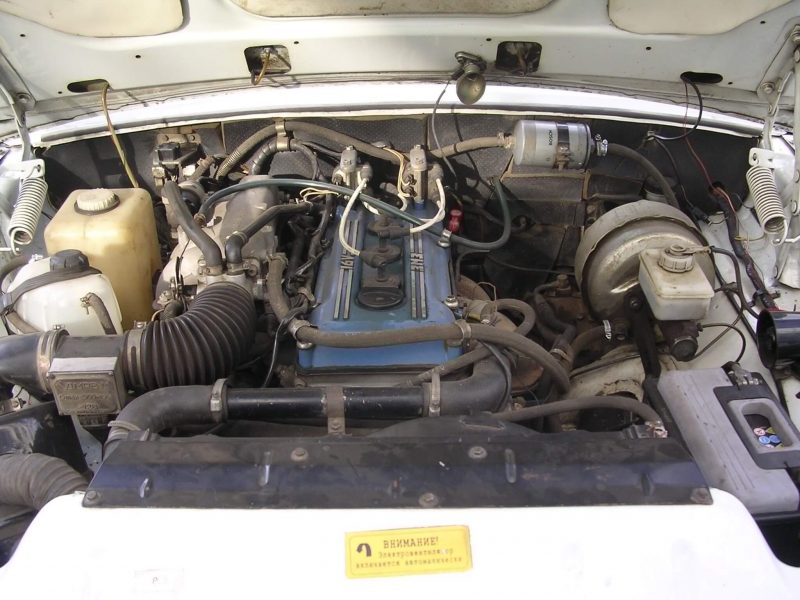
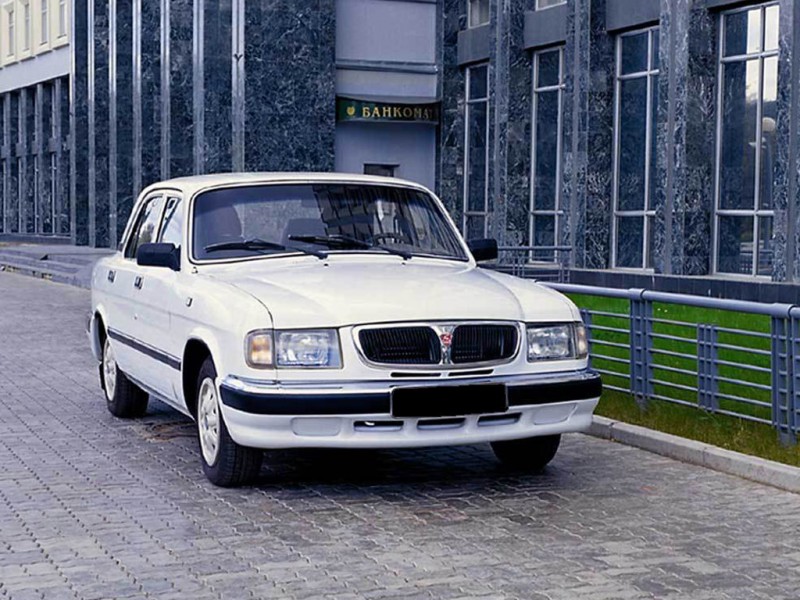
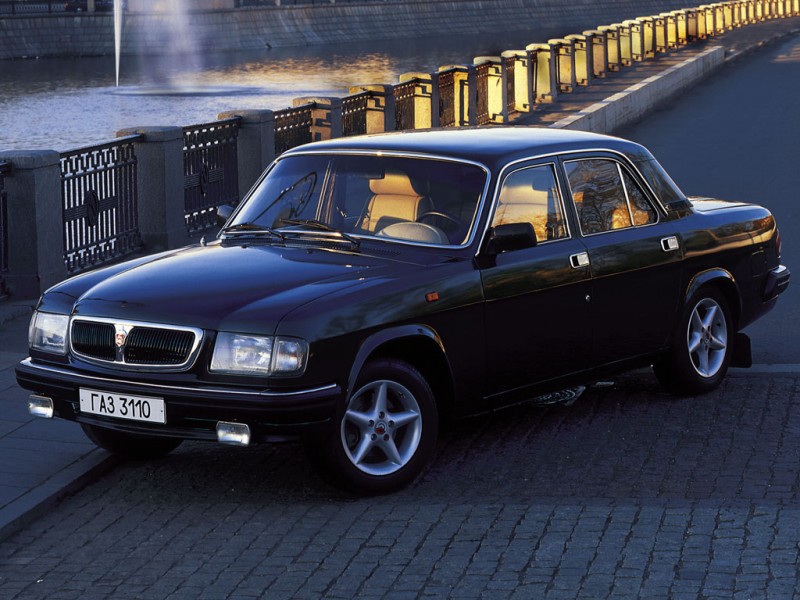
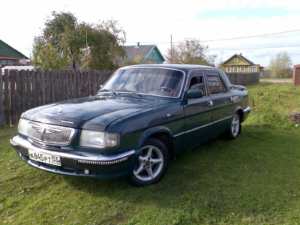
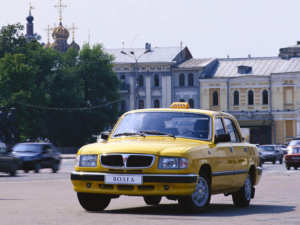
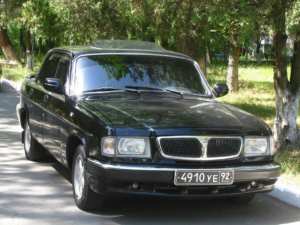
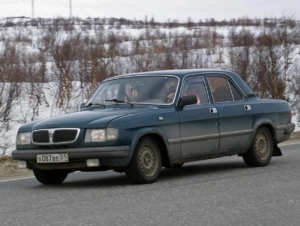
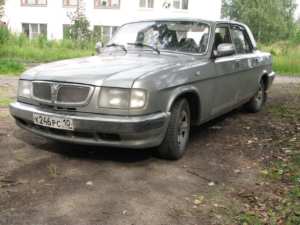
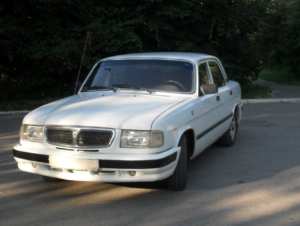
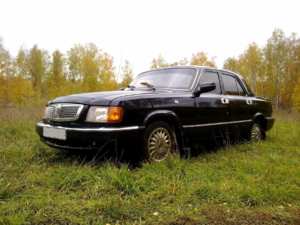
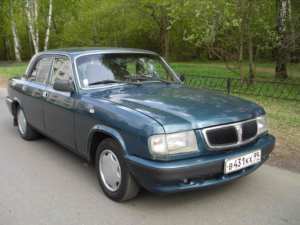
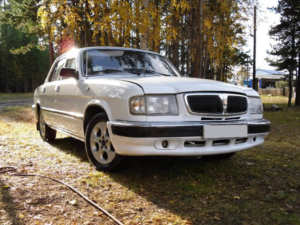
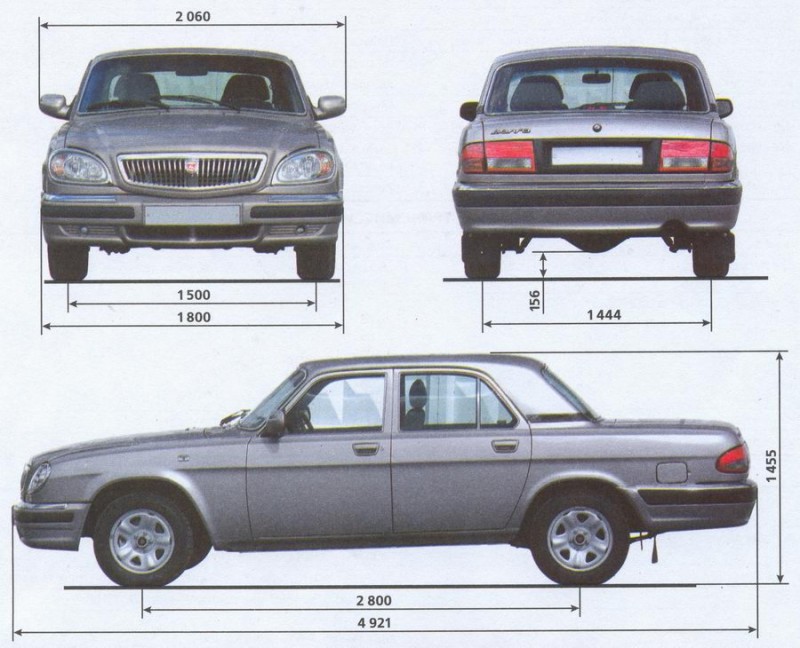
“only gasoline GAZ-3110” eats “two times more than the same VAZ 2109.” those. Your 2109 “eats” 4.3 liters?